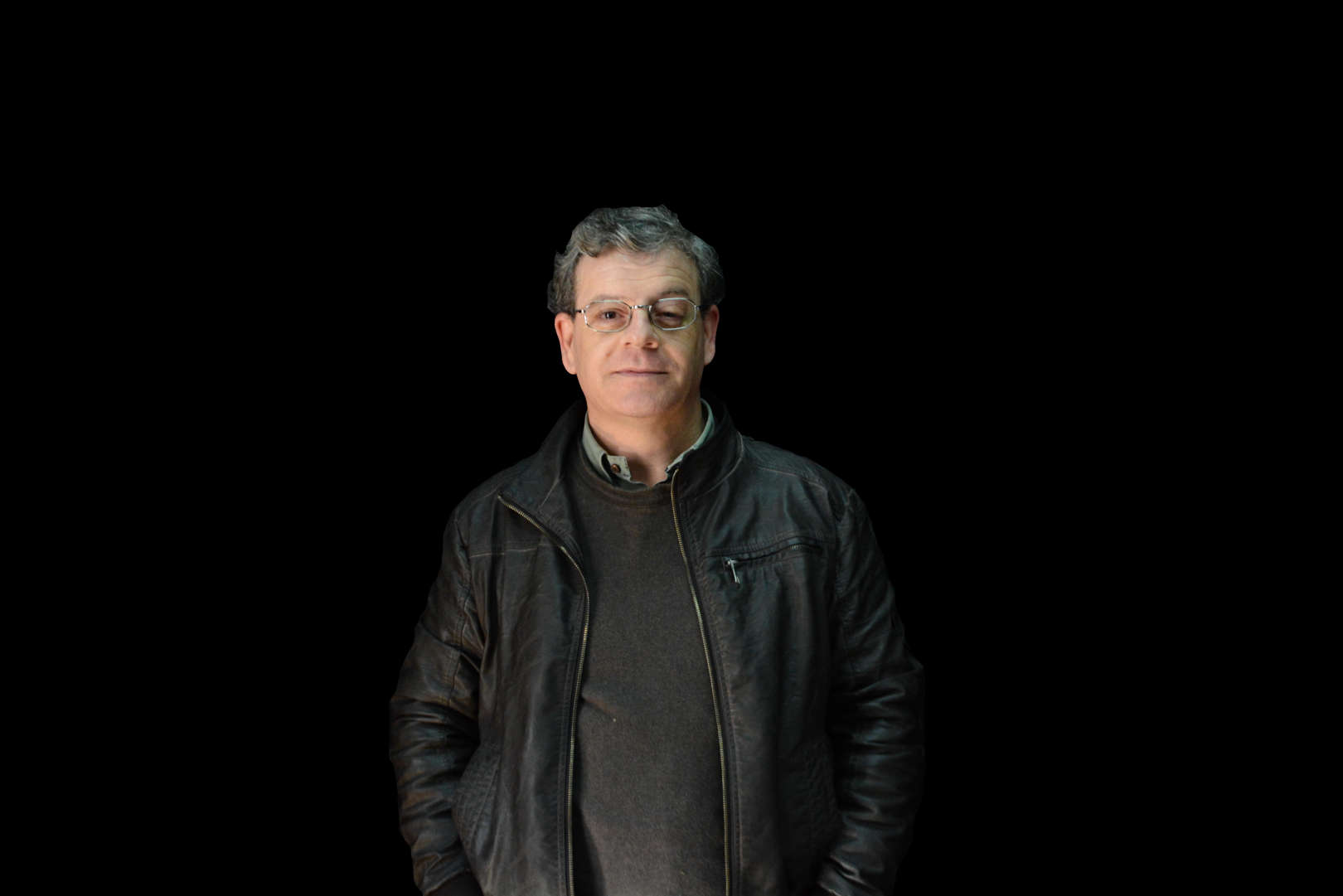Sobre
José Manuel Marques Martins de Almeida concluiu o doutoramento em Física em 1998 na Universidade do Porto.
É Professor Associado com Agregação na Universidade de Trás-os-Montes e Alto Douro.
Até fevereiro de 2025, publicou 112 artigos indexados no SCOPUS, 25 livro(s) e 2 secção(ões) de livros. Tem um índice H de 23 (WOS).
Colaborou na orientação de 5 alunos de doutoramento, 15 alunos de mestrado e 16 “Trabalhos de fim de curso” (Seminário). Atualmente, está envolvido na supervisão de 3 estudantes de mestrado e 3 estudantes de doutoramento.
Trabalha na área das Ciências Físicas com ênfase na Nanotecnologia, Nanofotónica, Biossensores e Ondas Eletromagnéticas de Superfície.
Nas suas atividades profissionais interagiu com 141 colaborador(es) em coautoria de artigos científicos.


